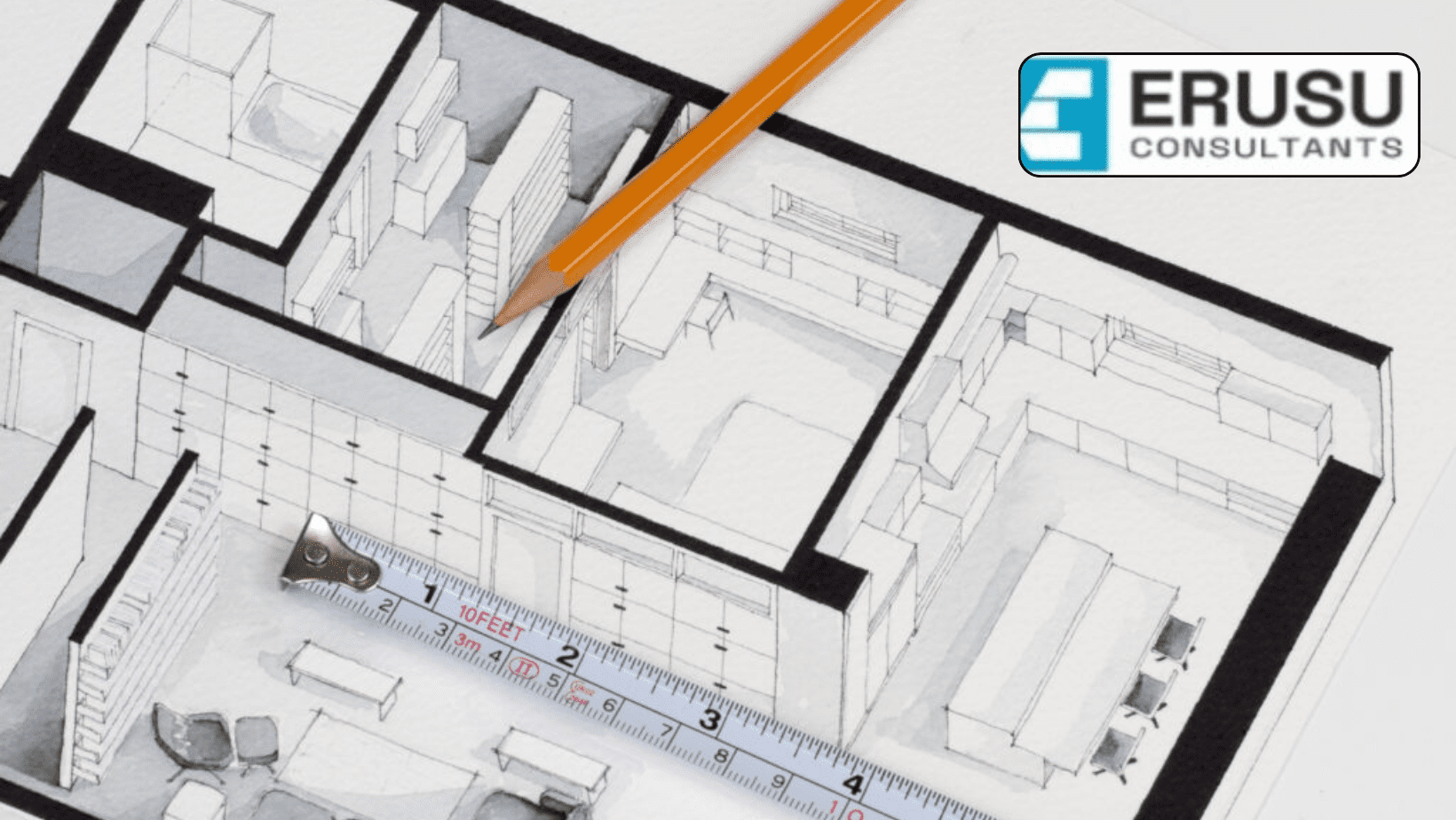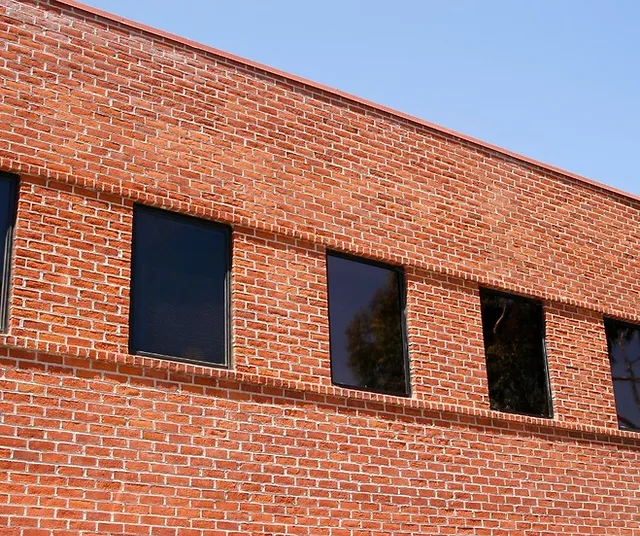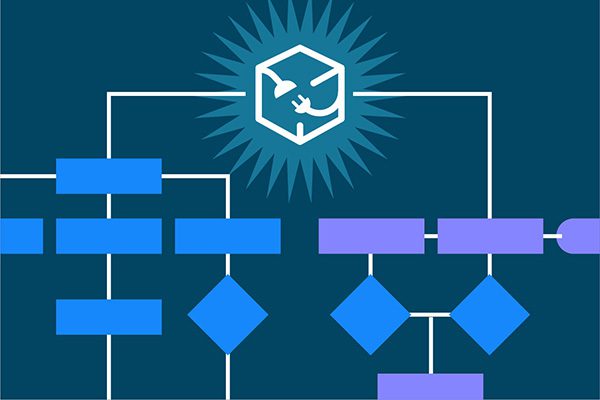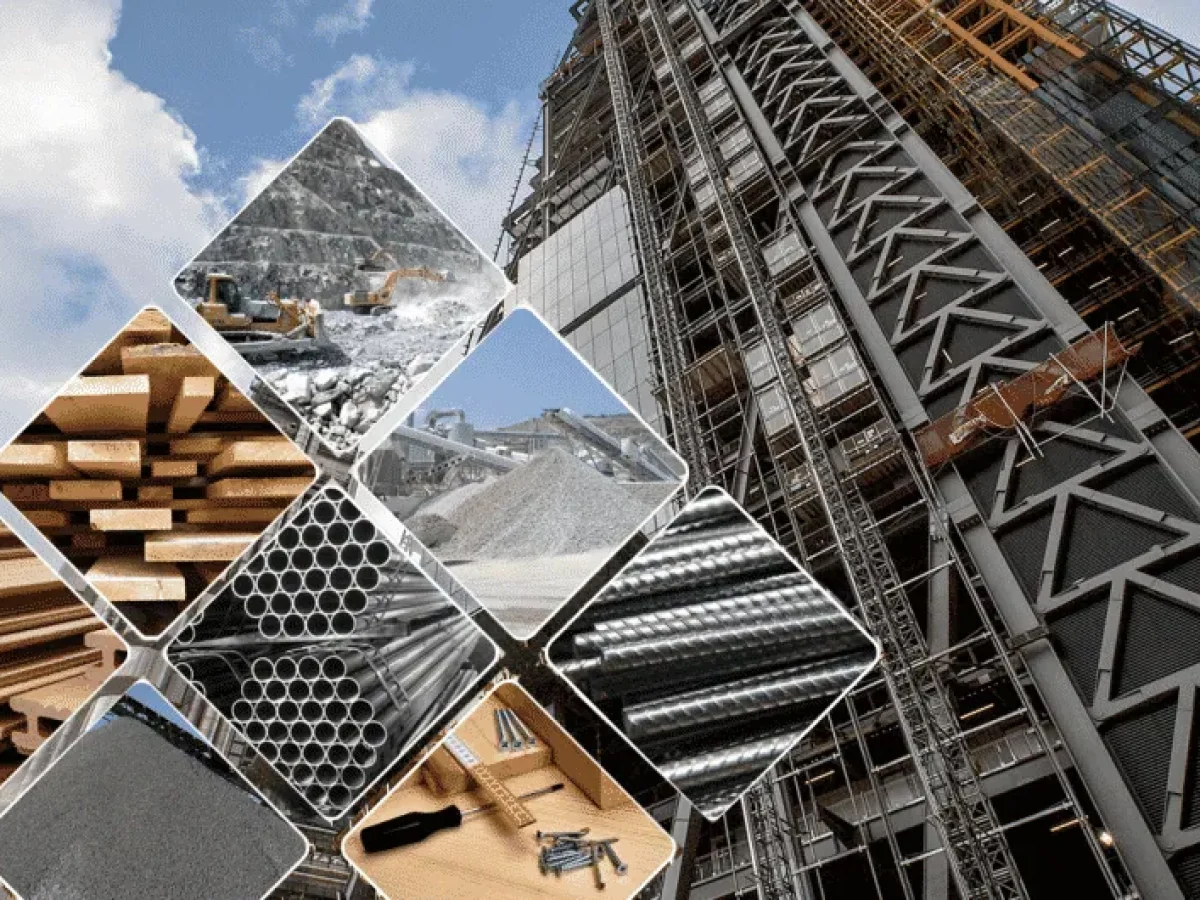Introduction In the realm of architectural engineering, fostering enduring relationships with clients stands as the cornerstone of success. Beyond technical prowess, the ability to understand, collaborate, and meet the diverse needs of clients is pivotal. This article delves into the art of adopting client-centric approaches, outlining strategies that enable architectural engineering firms to cultivate lasting […]
Introduction Efficient living is about making the most of the space you have, ensuring it’s functional, comfortable, and aesthetically pleasing. Achieving this requires effective space planning, which is crucial in the context of modern architecture design. Whether you’re designing a new home or looking to optimize your existing space, this article will guide you through […]
The decision to demolish or renovate a particular building is not an easy one. It necessitates a compromise between diverse objectives and values. Several factors, including environmental and economic benefits, risk assessment, waste management, and waste recycling, influence the decision. In addition, knowledge of the materials and their properties in the extant structures is a […]
Flush doors are a popular choice for many homeowners due to their sleek, modern design and practicality. They are characterized by their smooth, unembellished surfaces that provide a clean, minimalist aesthetic. This makes them a versatile option that can complement a wide range of interior design styles, from contemporary to traditional. Here are a few […]
Ductility is the capacity of reinforced concrete members to withstand significant deflection before failure. This property of reinforced concrete structural members is essential because it provides failure indicators and prevents total collapse. This is particularly important in seismic regions. The methods used to improve the ductility of reinforced concrete elements are discussed. Enhancing the Flexibility […]
The construction industry is undergoing a profound transformation because of technological advancements. Here are five revolutionary technologies transforming the construction industry: BIM: Building Information Modelling is a digital representation of a construction project that combines 3D models, data, and collaborative tools. It enables project stakeholders to visualize, analyze, and simulate the construction process prior to […]
Designing masonry structures for seismic resistance entails employing specific design strategies and detailing techniques that seek to enhance the strength, stiffness, and ductility of masonry buildings. Here are some important design considerations and principles for earthquake-resistant masonry structures: Design Codes and Standards: Design codes and standards provide guidelines and requirements for designing seismically resistant masonry […]
Documenting the design process and providing a thorough description of the structural design, including calculations, illustrations, and specifications, are required to prepare a structural design report. Here are the stages involved in preparing a report on structural design: Information About the Project: Begin the report by providing information about the project, such as its name, […]
API stands for “Application Programming Interface.” It is a set of rules, tools, and protocols for making software programs. APIs make it possible for different software programs to talk to each other and share data and functions. APIs can be used in many ways to improve the planning, analysis, and building of structures in the […]
Buildings are made from many kinds of materials, each of which has its own unique qualities and traits. Here are some of the most popular things that are used to build buildings: Concrete: is a famous building material that is made by mixing cement, water, and aggregates like sand and gravel. It is strong and […]











